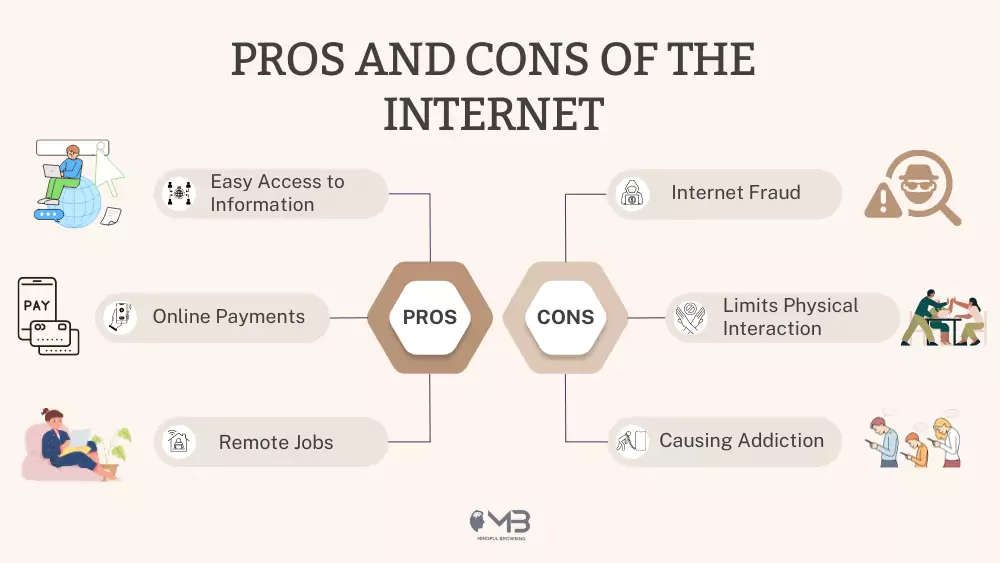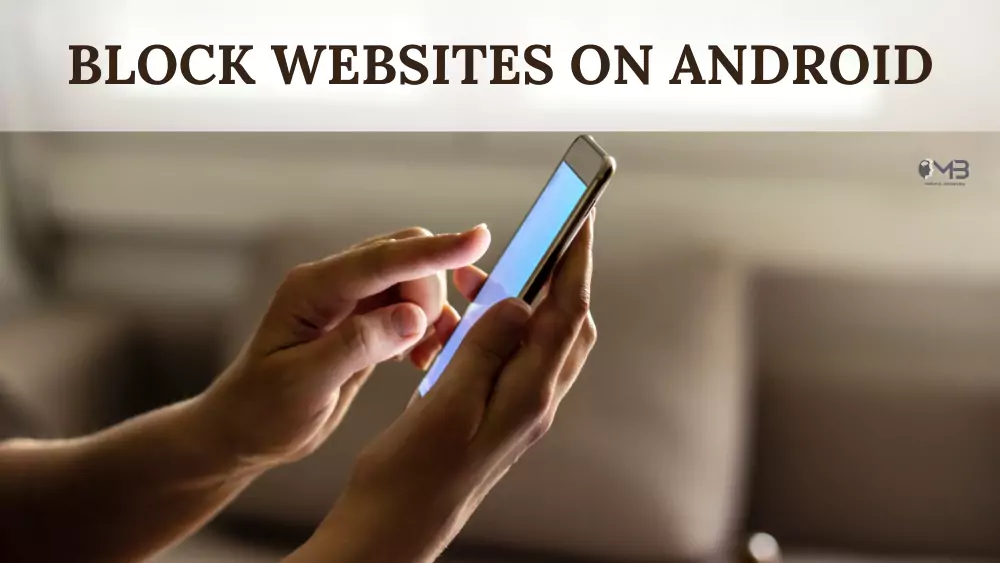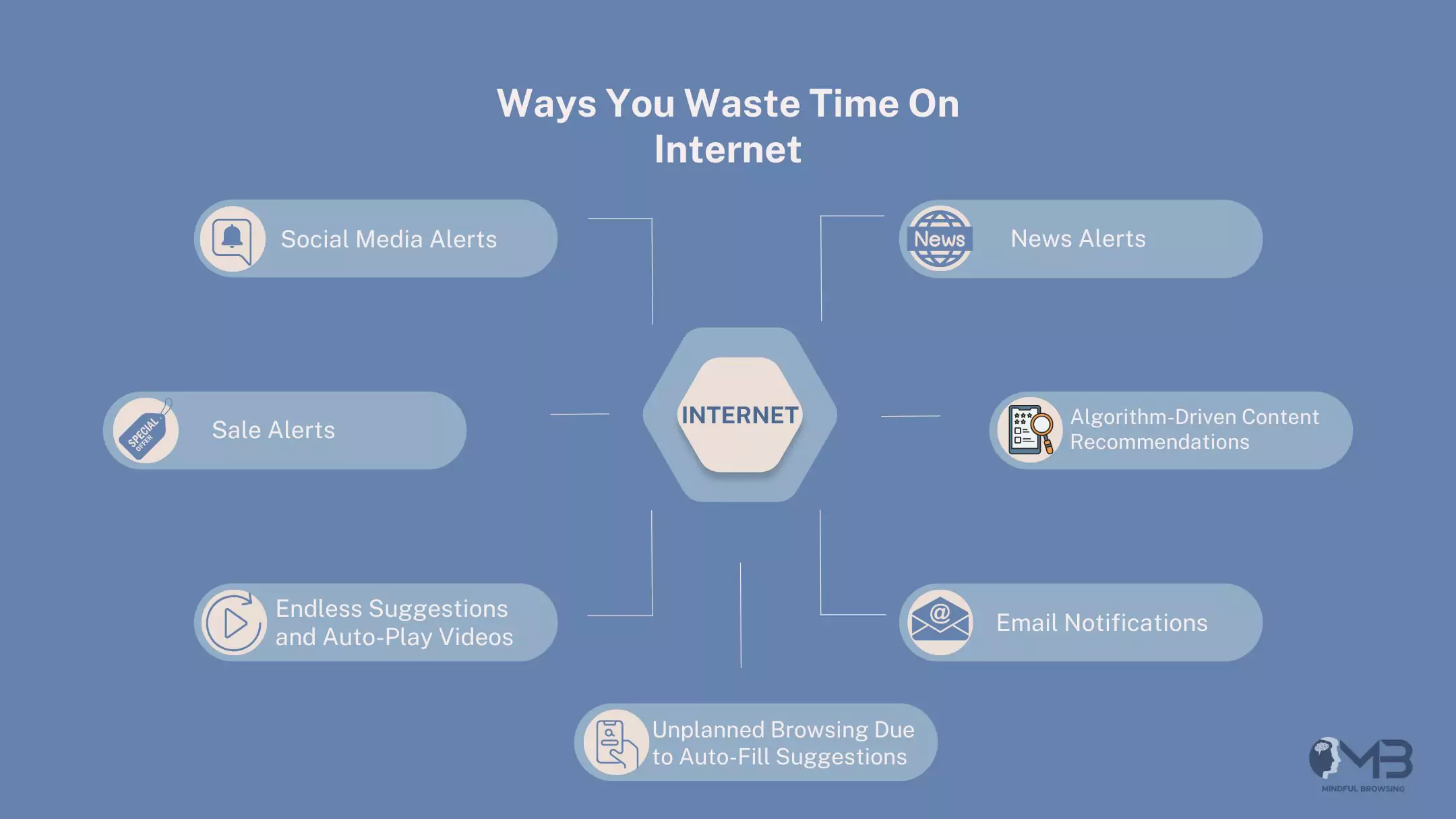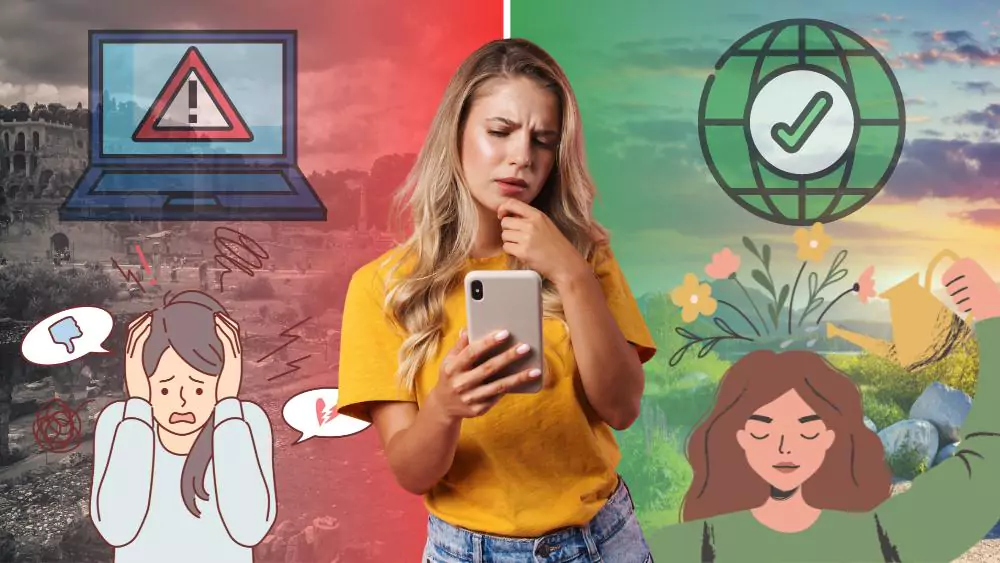
The internet is a vast repository of information, filled with both valuable and less desirable content. If you are on a mindfulness and well-being journey, it’s essential to cultivate a healthy digital environment for your own good and get rid of doom scrolling. This includes developing healthy social media habits to ensure your online interactions are positive and beneficial. Let’s explore how browsing mindfully can help you navigate the internet more consciously and prevent from internet addiction.
The Impact of Negative Content on Mind

Prior to diving into practical tips, let’s discuss why consuming negative social media content is detrimental. Before social media became such a dominant force in our lives, people relied more on direct interactions and traditional media, which often had less immediate emotional impact compared to today’s constant stream of online content. Negative content, whether violent, sexual, explicit, or simply disheartening, can have significant effects. It can:
- Affect Mental Health: Regular exposure to negative content can increase anxiety, depression, and stress levels.
- Disrupt Sleep: Disturbing images and stories can cause nightmares, insomnia, and headaches.
- Impact Relationships: Time spent on negative content reduces the time for meaningful interactions.
- Decrease Productivity: Focusing on harmful content can distract you from tasks and goals, leading to procrastination.
Stay Mindful Online: Practice Mindfulness against Mindless Browsing

Mindfulness is about being present and completely involved in the moment, which an addiction to social media will not let you be. By integrating mindfulness into your digital habits, such as the way you use browsing apps, you can foster healthy digital habits that promote a balanced relationship with the internet. This allows you to enjoy the online world while setting boundaries that keep you focused on more meaningful tasks.
For instance, engaging in gratitude meditation can be a strong method to change your focus from negative thoughts to recognize the good things in your life, which can help you better avoid doomscrolling and damaging content online.
Here are some practical steps to help you avoid bad content online:
6 Steps to Block Inappropriate Content Online
1. Investigate the Reason for Seeing Bad Things

You need to understand why you’re drawn to those “Crap” videos and mentally draining social media reels. If you have the self-control to turn off autoplay, it’s clear you click on these videos because, consciously or not, you want to watch them. There are two main reasons for this:
- You have tasks you should be doing (like an exam, assignment, or a difficult conversation), but you avoid them by clicking on time-wasting videos (procrastination).
- You actually enjoy these videos, even if you call them “Crap” when you’re thinking clearly.
If it’s the first reason, address the Stressor, because stopping YouTube will just lead to other procrastination habits. If it’s the second, reconsider if the videos are truly “Crap” or if there’s an unrecognized need in your life.
Maybe they aren’t as worthless as you think. If you’re drawn to endless car crash compilations, perhaps you crave a sense of controlled danger or excitement in a safe way. For example, I watch a lot of YouTube videos that don’t necessarily make me a better person. But I enjoy them, and I watch them when I have free time, usually after work. By setting aside a specific time to indulge in these videos, I make sure they don’t interfere with my responsibilities.
So, instead of beating yourself up for watching “Crap” videos, try to understand what they might be telling you about your needs and interests. Maybe you just need to find a balance, allowing yourself some time each evening to enjoy them without guilt.
2. Resist the Temptation to Overcome Addictive Web-Surfer
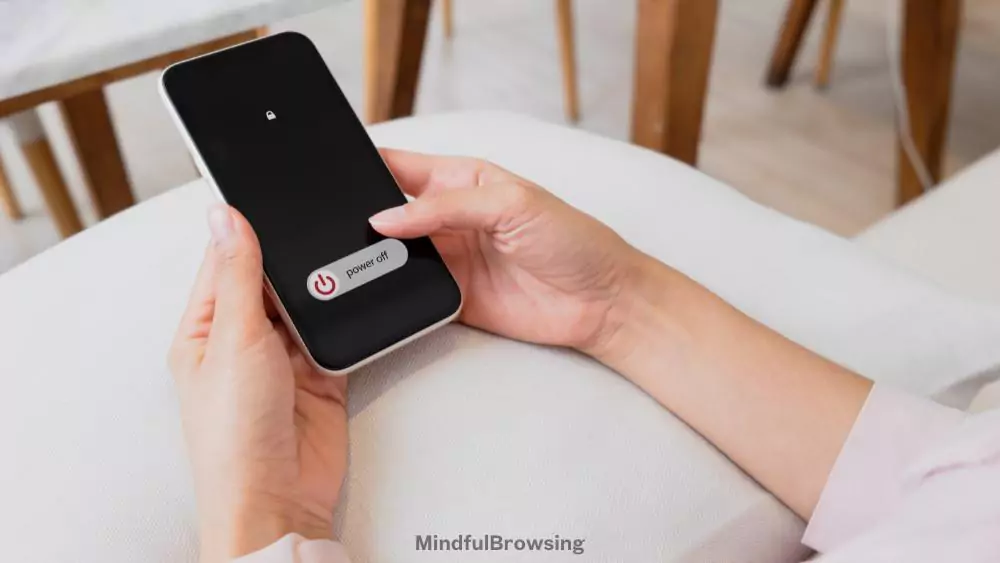
One way to handle temptation is by embracing the discomfort of resisting it. When we exercise, our muscles ache, but we kind of enjoy the pain because it means we’re doing something good for ourselves. Why not apply the same mindset to temptations? If it feels tough to do what’s right, or even if people mock you for it, try to love that pain. It’s a sign you’re making the right choices.
Another effective strategy is to set up barriers against tempting content. Avoid social media apps like TikTok and Instagram especially late at night when fatigue can impair your judgment. Taking a break from social media during these vulnerable hours can help you regain control and avoid mindless scrolling. Keep your phone out of the bathroom and limit your online time. Just as Nephi built physical walls to protect their cities, we too can create physical barriers to shield ourselves from temptation.
3. Be Brave to Click on ‘Not Interested’

Aim to choose “Not Interested” or “See Less” (there’s a button for this if you press and hold the video) and consider blocking these accounts as well.
The more you use these options, the less likely they will appear in your feed. Look up content you prefer for your feed, and that will begin to show up more often.
4. Be Open with Your Parents

If you’re a kid, consider discussing it with your parents. Preferably, you should have a bond where you can talk openly about your matters without fear of judgment. This is important because we have a son who can talk to us about his experiences. He communicates what he sees and enjoys, and we support him. When he encounters something inappropriate, we discuss it and provide advice or ask how we can assist.
He might request us to hold his phone for a few nights, or he simply needs reassurance of our love and support. Additionally, set personal rules: Avoid watching Instagram Reels and TikToks when bored. Don’t use devices in private areas. When faced with certain feelings, engage in alternative activities. Don’t let guilt over mistakes prevent you from seeking forgiveness.
Ask your parents to monitor your phone use, including what you’ve watched and how long you’ve been online. This can help you stay aware that you’re not alone and keep you accountable.
If you’re a parent (or a solo parent), encourage open conversations with your kids about their digital habits. Teach them about good and bad things on the internet and empower them to make the right choice themselves.
5. Block Distractions

Let’s be honest; we’ve all been there – you sit down to work, and before you know it, you’ve spent an hour scrolling through social media or adult websites. The good news is, you don’t have to tackle this battle alone.
There are some fantastic apps and website blockers for Android and IOS out there designed to help you resist the lure of those distracting sites. These tools are crucial to avoid time waste on the internet and refocus your energy on meaningful tasks. By scheduling your day into manageable segments, you can immerse yourself in each task without allowing distractions to take over.
Create a daily planner and divide tasks into 30-minute segments. Fully immerse yourself in each task during its time frame, blocking all distractions. After each half-hour, take a 5-minute break to listen to music or watch a video, then repeat. This method will not only resist distractions but help eliminate procrastination as well.
Besides, you can use a Google WiFi VPN to add an extra layer of protection by limiting access to certain content while ensuring privacy.
6. Use Content Filtering

Content filtering acts like a protective gatekeeper, evaluating web pages and blocking the bad ones before they can cause trouble. There are several ways this can be done, leading to two main types of filtering you can rely on:
Keyword Filtering:
This one’s pretty straightforward. It works by scanning for specific keywords or phrases on websites and blocking any site that includes them. The good news? It’s easy to set up and can work in multiple languages. But here’s the catch—coming up with a list of harmful words is no small task, and even the best keyword filters can miss some unwanted content.
Category Filtering:
This method is like setting up a huge net to catch entire categories of content. It blocks broad categories like pornography, gambling, or even certain chat sites, which is great for providing overall protection. This is a popular choice for families, schools, and organizations because it’s all-encompassing. The downside? Sometimes it overdoes it. You might find valuable sites blocked simply because they fall into a certain category. Frustrating, right?
URL Filtering:
This method gets right to the point—it blocks specific URLs (those web addresses you type in). If the URL is known to be risky, it’s blocked from loading on your network. Simple but super effective. And if you try to visit a blocked site? You’ll get one of those “Website blocked” messages that lets you know you’re being protected.
DNS Filtering:
While this might sound like tech lingo for corporate use, DNS filtering is actually great for home networks too. It works by intercepting the domain names you try to visit and checking them against a list of restricted sites. If a site’s on the naughty list, it gets blocked at the domain level. Just keep in mind, to stay fully protected, you’ll need to keep that list up to date—new threats are always emerging!
Conclusion
Imagine how much more productive you’d be if you didn’t have to rely solely on your willpower. With these tools, you can cut off access to negative content like fear-mongering and anxiety-inducing content, cyberbullying and trolling, hate speech, and harassment. Just think about how much you could accomplish in a day with a little extra focus!

